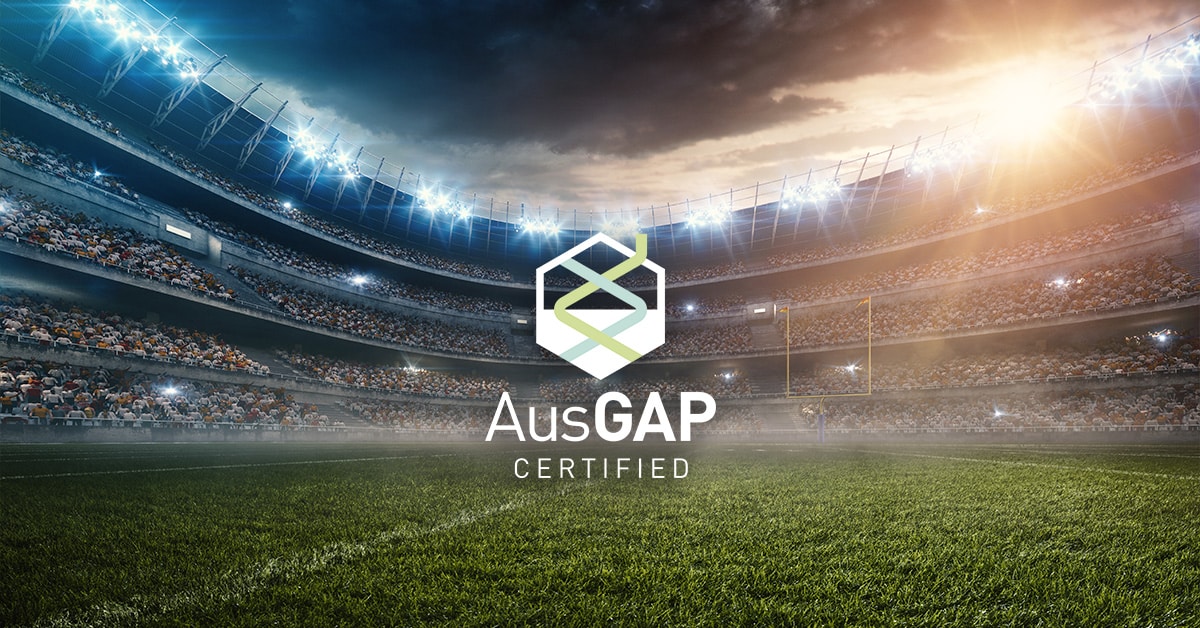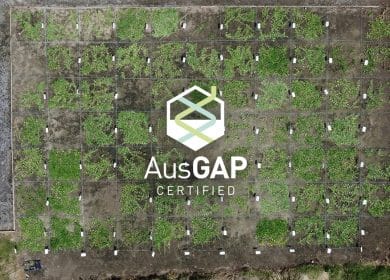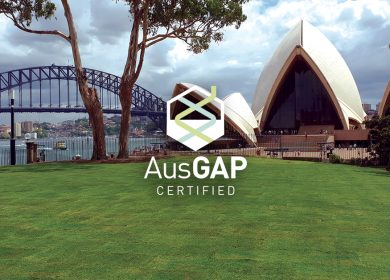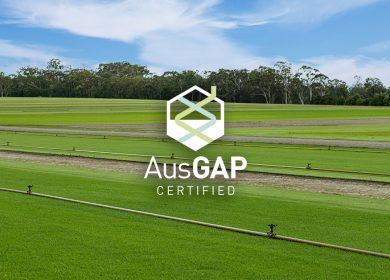Artificial lighting and its effects on sports turf growth

Stadium and sporting facilities are increasingly becoming focused on comfort and how to reduce impact from weather conditions. These concerns have resulted in significant shade on the turf inside the stadium. Light is essential to the process of photosynthesis and is a major influence on the development and growth of the turf. This light reduction by the development of closed or semi-closed stadia has seen a reduction in turf quality and wear tolerance essential to the longevity and use of the field. To adapt and account for the shade, some stadia are using artificial lighting to supplement natural lighting and improve turfgrass quality in shaded areas. Read on to find out more about artificial lighting and its effects on sport turf growth.
Not all light is the same, light for human eye sensitivity is not the same at light that affects plant growth (Danneberger et al., 2018). Additionally, light that does affects plant growth is measured by photosynthetic photon flux density (PPFD) this is the light used by plants and turf for photosynthesis (Abelard et al., 2022).
How much light does turf need?
When selecting a turf variety with shade tolerance in mind, most are measured by hours of sunlight such as Sir Walter Buffalo requiring a minimum of 3-4 hours of direct sunlight. But how is that sunlight measured and how much is needed? PPFD measures the amount of light, but the unit of measurement is µmoles m-2 sec-1 (Danneberger et al., 2018). Furthermore, the minimum PPFD required for cool-season turfgrass plants is around 40 to 150 µmoles m-2 sec-1, and for warm-season turfgrasses is around 200 to 300 µmoles m-2 sec-1 (Gardner & Goss et al., 2015).
How is artificial lighting used if natural light is insufficient?
For sporting fields, artificial grow lighting systems come in fixtures and can usually come in one of two forms, HPS light or LED light. HPS lighting or High-pressure sodium lamps are a high intensity discharge (HID) form of lighting. HPS light operates when an electrical current is run through an arc tube that has been filled with a gas. LED, or Light-Emitting Diode, can produce equivalent yields to HPS lights using significantly less energy (Murakami et al., 2000). Furthermore, the different wavelength compositions of LED have effects on the hormonal balance and development of the plant. In addition to this, grow lights produce light and heat simulating the sun and both in theory and practice increase the grass growth. The extra fuel created in turn creates more growth, more and deeper root development, and higher density.
What are studies saying about artificial lighting on sports turf?
Studies are concluding that artificial lighting can improve turfgrass quality especially through the winter months and in stadium that are semi and fully enclosed (Murakami et al., 2000). Studies showed that turfgrasses use red light most efficiently for photosynthesis. The energy and carbohydrates that are produced from photosynthesis are used for root and shoot growth and for turfgrass recovery. Red light activates certain genes that protect the plant. This can have a positive effect on the resistance of the pitch against diseases. Red light can also help control turfgrass diseases (Carvalho et al., 2018). LED lighting systems allow for more control over the hue of light emitted allowing more red light to be used. Studies have effectively proven the benefits of grow lighting systems on sports turf facilities and continue to monitor to effectiveness with differing amounts of natural light and effective supplemental light is with those differing levels.
As the desire increases for sporting events in stadiums so does the need for more seating and human comfort, and overall use of the pitch. This extra use and increase in shade have been the motivators for technological innovations such as artificial lighting rigs to increase the time turf has to recover. Additionally, pitch wear and tear usually bring a lot of damage to grass, and natural sunlight sometimes isn’t enough for the grass to recover fast enough but studies have shown that artificial lighting to supplement natural light can improve turfgrass quality and density in sports turf settings.
References:
Abélard, E., & Galbrun, C. (2022). The effects of artificial lighting on Sports Turf. International Turfgrass Society Research Journal. https://doi.org/10.1002/its2.115
Gardner, D. S., & Goss, R. M. (2015). Management of turfgrass in Shade. Turfgrass: Biology, Use, and Management, 219–247. https://doi.org/10.2134/agronmonogr56.c6
Murakami, K., Kishimoto, R., & Nishiura, Y. (2000). Growth of turf grasses for indoor use under artificial lighting sources. IFAC Proceedings Volumes, 33(29), 123–127. https://doi.org/10.1016/s1474-6670(17)36763-0
Danneberger, K. (2018). Grow light use is, well, growing. Golfdom. https://www.golfdom.com/grow-light-use-is-well-growing/
Carvalho, S. D., & Castillo, J. A. (2018). Influence of light on plant–phyllosphere interaction. Frontiers in Plant Science, 9. https://doi.org/10.3389/fpls.2018.01482


